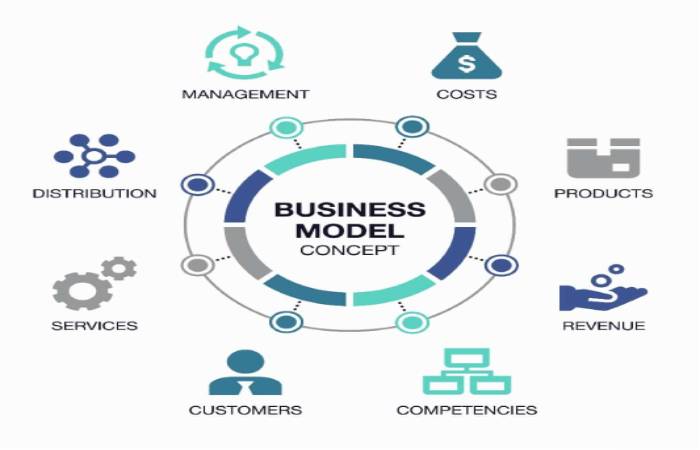Table of Contents
Business Model
A business model is a tool before the Wrike Business Plan, and the objective is to know the type of business that will be created and introduced in the market, to whom it aims, how it will remain sold, and how. They are going to get the income.
The business model is a document of business importance since it allows you to plan what will happen with the business you intend to carry out. They are used to describe and classify entrepreneurial businesses and also in the context of business.
History of Business Models
Its origins date back to the 20th century through small initial and primary projects. More sophisticated business models such as McDonald’s restaurants emerged in the 1950s. Business models are growing progressively, especially in the US with Amazon, Airlines, and others.
Technology is a vital part of business models. The internet has been using as a tool to reach customers massively at a low cost.
How to Design a Business Model
Defining the type of business of a company is part of the process. For this, at least the following parameters are taken into account:
Economic: Financial value is considered one of the main bases that must remain known in a business model. The costs, the selection of prices, and obtaining income are critical points in designing a business model. A company must generate money and maintain the flow of income to remain in the market activity for a long time.
Components: The activities, the clients, the human resources that the company will have, its offers, all these are considerations that must be reflected in a business model so that the company can define its strategies in the next step.
Strategies: They are designed from previous research to create a competitive business that will last in the market.

Importance of a Business Model
These are the main benefits of making a business model:
- Competitive advantage: It can be an advantage over your competition. Implement a novel model that provides new ideas.
- Growth plan: A previously established business model will have an economic reserve to be able to expand.
- Investors: If the business presents the need to seek investors and patrons, it will be necessary to know every detail to present it since you will have to answer each of the questions asked to know its profitability.
Types of Business Model
With the advancement of the internet and new technologies, many business models have appeared that had never use before. Here are the most common business models:
Manufacturing: It is a model in which economic activity produces certain products and generally sells them to wholesalers who sell them.
Distribution: Distribution companies acquire the factories’ products and sell them to the final consumer or retail companies.
Retail: They are all those companies that directly sell the products they have purchased from distributors to the public.
E-commerce: This business model is closely related to retail. In this case, it establishes the online sale of any product.
Subscription: It consists of obtaining income thanks to a monthly fee that clients pay.
Public contracting: These types of companies obtain their income from selling their products or services to the public administration.
Advertising: This business model establishes advertising as the primary source of income, which is the case with many web pages.
Patents: Research and development of exclusive products that can remain patented are the sources of income for certain companies.
Franchise: Companies with renowned brands decide to grant specific licenses to other entrepreneurs to work under their brand. In this case, the franchisee must meet a series of requirements to sell under a brand that does not belong to him.
Also Read: Employer Branding: Definition, Importance, Need, and More
